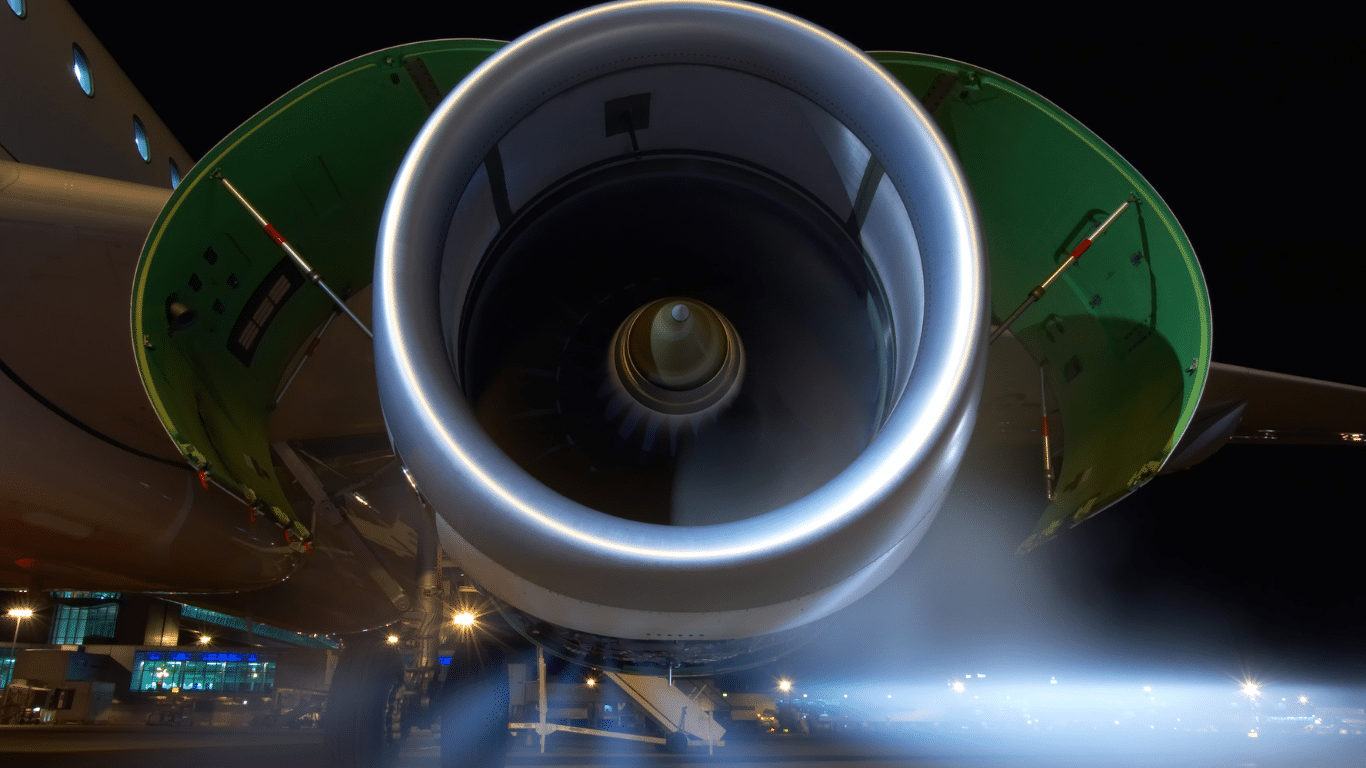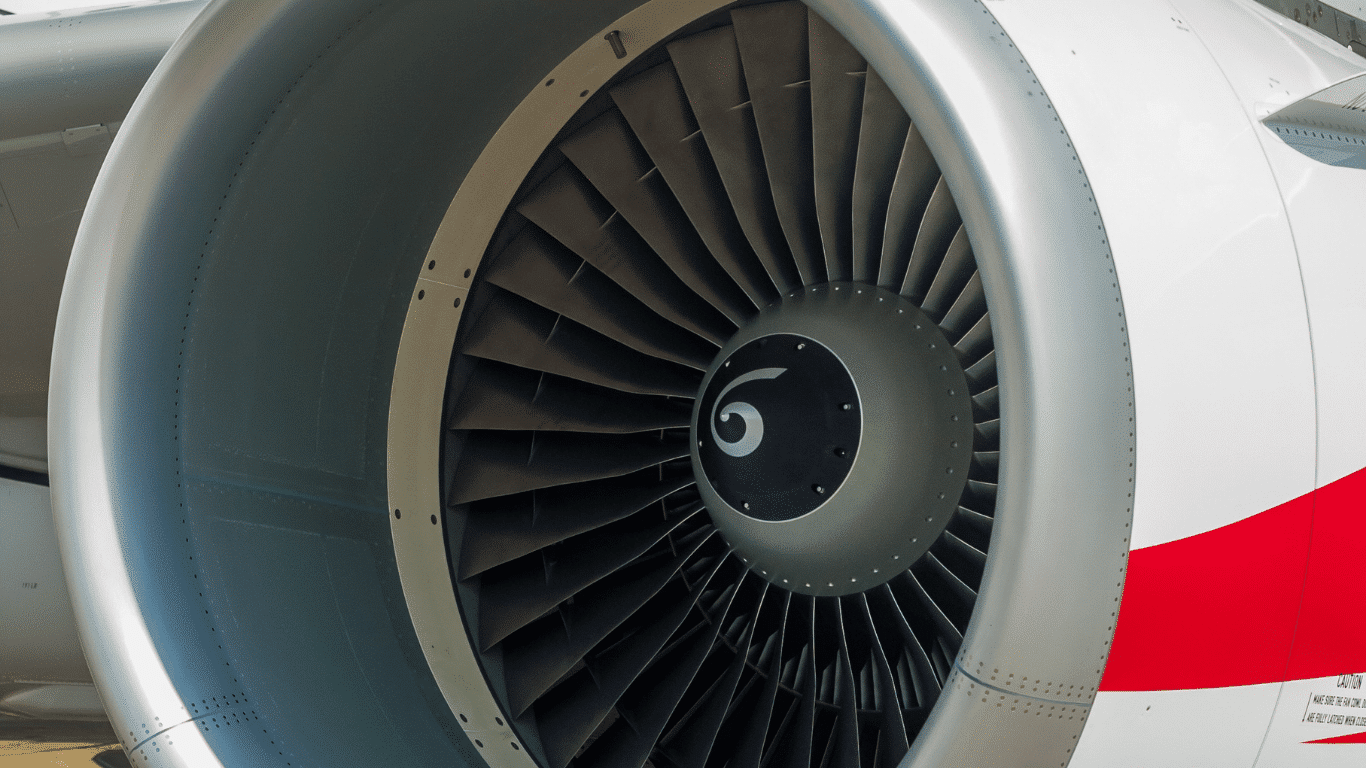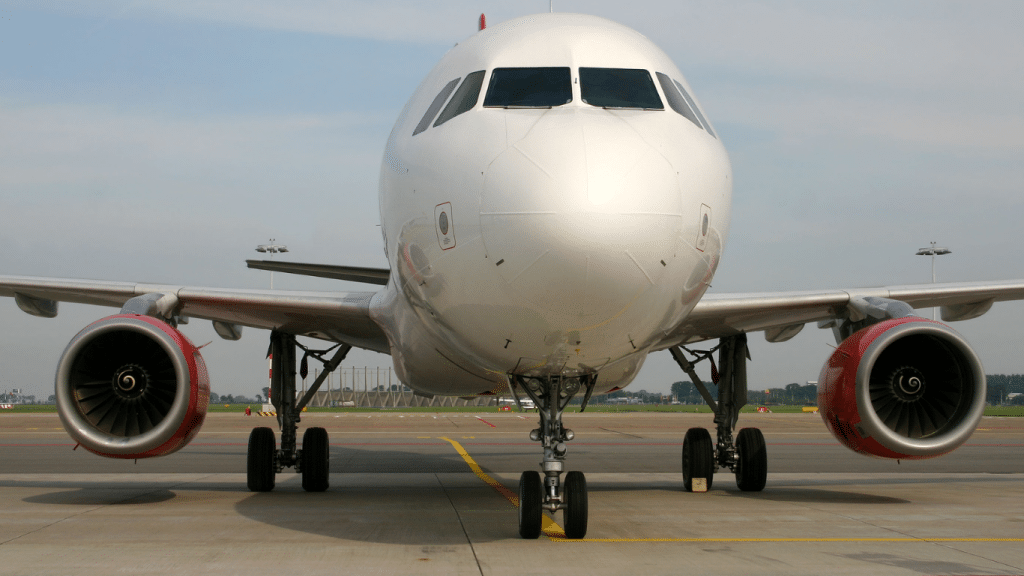Airbus A320
Airbus A320 Engines Compared: CFM56, IAE V2500, and A320neo Power Options Explained
Welcome to the fascinating world of the Airbus A320neo family, where innovation meets the sky. Whether you’re an aviation enthusiast or a seasoned professional, the A320 neo promises to captivate with its exceptional engineering and design.
Join us as we explore the key features and turbofan engine options that set this aircraft apart from its predecessors and competitors, like the Boeing 737. Get ready to soar through the details!
Key Takeaways
A320neo Overview
Introduction to the Airbus A320neo
The A320neo marks a new chapter in aviation history, building on the legacy of the original A320, which first took to the skies in 1988 with Air France. Fast forward to 2016, the A320neo was launched with Lufthansa as the pioneering client.
This aircraft family is an evolutionary step in the A320 Aircraft series, featuring significant enhancements like new turbine options, which include the advanced CFM LEAP and Pratt & Whitney engines. With these innovations, the A320neo achieves a remarkable 20% reduction in fuel burn, offering airlines increased range and payload capabilities.
As of September 2025, the A320neo family boasts total orders of 11,256 aircraft, with 4,157 already delivered. Join us as we delve into what makes the A320neo a game-changer in the narrowbody aircraft market.
Key Features of the A320neo Family
The A320neo family stands out with its re-engined design featuring either CFM International LEAP or Pratt & Whitney PW1000G aero engines, complemented by standard sharklet wingtip devices.
A320neo Efficiency Metrics
These advancements have also reduced the noise footprint by half. Additionally, the A320neo family decreases airframe maintenance costs by 5% and cash operating costs per seat by 14%. Inside, passengers enjoy improvements like better pressurization, increased luggage space, and modern amenities such as LED lighting and wider 18-inch seats in economy, ensuring a comfortable journey.
Importance of Engine Selection
The engine selection is a pivotal aspect of the A320neo’s success, distinguishing it from the earlier A320ceo. The transition from the IAE V2500 and CFM56-5B models to the cutting-edge PW1100G-JM and LEAP-1A series CFM engines, crafted by Pratt & Whitney and CFM International, respectively, underscores the commitment to efficiency and performance. These new powerplants not only enhance fuel efficiency but also contribute to the aircraft’s extended range and reduced emissions, making the A320neo a preferred choice for airlines seeking sustainable and economical operations in the competitive aviation market.

Engine Options for the A320neo
CFM LEAP Engines
The CFM International LEAP-1A engine stands as a remarkable choice for the A320neo, representing a leap forward in aviation technology. The widespread adoption highlights the powerplant’s capability to deliver enhanced fuel efficiency and reduced emissions, making it a preferred choice for airlines striving for sustainable operations.
A320neo LEAP-1A Engine Adoption Data
Pratt & Whitney PW1100G Engines
The Pratt & Whitney PW1100G engine is another compelling powerplant option for the A320neo family, showcasing cutting-edge engineering and innovation. These powerplants are renowned for their geared turbofan (GTF) technology, which optimizes the performance of the aircraft and significantly reduces fuel consumption. Airlines that have opted for the PW1100G engines, like Lufthansa, have reported a remarkable 16% fuel savings, translating to enhanced cost efficiency and environmental benefits. The advanced design of these powerplants ensures quieter operation, leading to a more pleasant experience for passengers and communities near airports. As airlines continue to focus on reducing their carbon footprint and operational costs, the choice of Pratt & Whitney engines becomes increasingly attractive, reinforcing their role in shaping the future of aviation.
Performance Comparison of Engine Types
When comparing the performance of the CFM LEAP-1A and Pratt & Whitney PW1100G-JM engines, both demonstrate significant advancements over their predecessors, primarily due to their larger fan diameters. This design feature enables a higher bypass ratio, crucial for increasing jet propulsion efficiency and reducing fuel consumption.
A320neo Engine Performance by Airline
These performance enhancements not only offer airlines substantial operational cost savings but also contribute to a more sustainable aviation industry, aligning with global efforts to minimize the environmental impact of air travel.
Impact of Engine Choices on Aircraft Performance
Fuel Efficiency and Emissions
Welcome to the realm where powerplant choices redefine the skies! The A320neo shines brightly with its remarkable fuel efficiency and reduced emissions. Compared to the A320ceo, the A320neo boasts a 15% to 20% improvement in fuel efficiency. This leap is attributed to the advanced new powerplants and aerodynamic refinements. As of March 2024, the global A320neo fleet had impressively contributed to saving 20 million tons of CO2. With a 20% reduction in fuel burn per seat, the A320neo family leads the charge toward sustainable aviation, making it a preferred choice for airlines committed to reducing their environmental footprint.

Maintenance and Operational Costs
Let’s dive into the world of efficiency and cost-effectiveness with the A320neo! The neo aircraft has significantly reduced airframe maintenance costs by 5% and cash operating costs per seat by 14%. This efficiency is largely driven by the innovative LEAP engine, a leader in the realm of aero propulsion system. The LEAP’s reputation for reducing oil consumption and routine maintenance is well-known in the aviation industry. With engine options like the CFM International LEAP-1A and Pratt & Whitney GTF, airlines can enjoy 20% lower maintenance costs compared to previous A320 powerplants. This translates into substantial savings and enhanced asset utilization for operators of the Airbus A320 family.
Passenger Experience and Noise Levels
Embark on a quieter journey with the A320neo! This aircraft offers an enhanced passenger experience with its significantly reduced noise levels. The A320neo is half as loud as its older variant during take-off, with an 85-decibel noise footprint. The LEAP-powered A321neo further impresses with an 83.3 dB flyover noise, far quieter than previous powerplant models like the CFM56 and V2500. Passengers appreciate the spacious and serene environment from the moment they board an A320neo. With innovations like these, the A320neo family continues to elevate the standard of comfort and tranquility in the skies.
Future Developments in A320neo Engine Technology
Innovations in Engine Design
Exciting times are ahead as Airbus pioneers the future of aviation with cutting-edge powerplant design! Hiring efforts are underway in Toulouse and Madrid to develop a clean-sheet successor for the A320. This visionary project will be shaped by ultra-high bypass ratio engine developments. Pratt & Whitney is testing its Geared Turbofan upgrade, while Safran has been ground testing a demonstrator since 2021. Rolls-Royce Plc is targeting a 2025 Ultrafan service entry. These innovations promise to revolutionize the A320neo family, setting new benchmarks for performance and sustainability in the aviation industry.
Potential for Hybrid and Electric Engines
The horizon of aviation is expanding with the potential for hybrid and electric engines! As the industry aims for carbon neutrality by 2050, the exploration of sustainable power options becomes paramount. Airbus is at the forefront of these developments, investing in research and design to integrate hybrid and electric engines into future aircraft models. These advancements could radically transform the Airbus A320neo family, offering even greater fuel efficiency and environmental benefits. Embracing these technologies not only supports airlines’ sustainability goals but also aligns with global efforts to create a greener aviation industry.
Market Trends in Aviation Engine Technology
The aviation industry is abuzz with innovation as market trends in engine technology take flight! In February 2024, Airbus CEO Guillaume Faury confirmed plans for the Next-Generation Single-Aisle (NGSA) aircraft. Designed specifically to run on sustainable aviation fuel, the NGSA will play a pivotal role in achieving carbon neutrality by 2050. These market trends highlight a shift towards sustainability, with powerplant manufacturers prioritizing eco-friendly solutions. As airlines and manufacturers embrace these changes, the future of aviation looks promising, with the Airbus A320neo family leading the way in pioneering new standards for efficiency and reduced emissions.
Frequently Asked Questions about Airbus A320neo Powerplants
What engines are used in the Airbus A320neo?
The Airbus A320neo uses two main engine options: the CFM International LEAP-1A and the Pratt & Whitney PW1100G-JM geared turbofan. Airlines can choose either based on their operational and maintenance preferences.
How are the A320neo engines different from the A320ceo?
The A320neo features new-generation engines that provide up to 15–20% better fuel efficiency and reduced noise compared to the older A320ceo models, which typically use CFM56 or IAE V2500 powerplants.
Which A320neo powerplant is more fuel-efficient?
Both the LEAP-1A and PW1100G turbines deliver significant efficiency gains, though the PW1100G is often cited for slightly better fuel economy, while the LEAP-1A is praised for its durability and easier maintenance.
Are there any issues with the A320neo engines?
Early versions of the Pratt & Whitney PW1100G experienced start-up and bearing issues, which have been largely resolved with software and hardware upgrades. The CFM LEAP-1A has shown strong reliability since entry into service.
What is the thrust output of Airbus A320neo powerplants?
The A320neo engines deliver between 24,000 and 35,000 pounds of thrust, depending on the specific variant and powerplant type, allowing for improved climb performance and range compared to earlier A320 models.
Fact Checked by: Aviation Technical Editor, PilotPulse360 Editorial Team
Sources: Airbus A320neo Family, CFM International, Pratt & Whitney, FlightGlobal. | Last updated: October 2025


